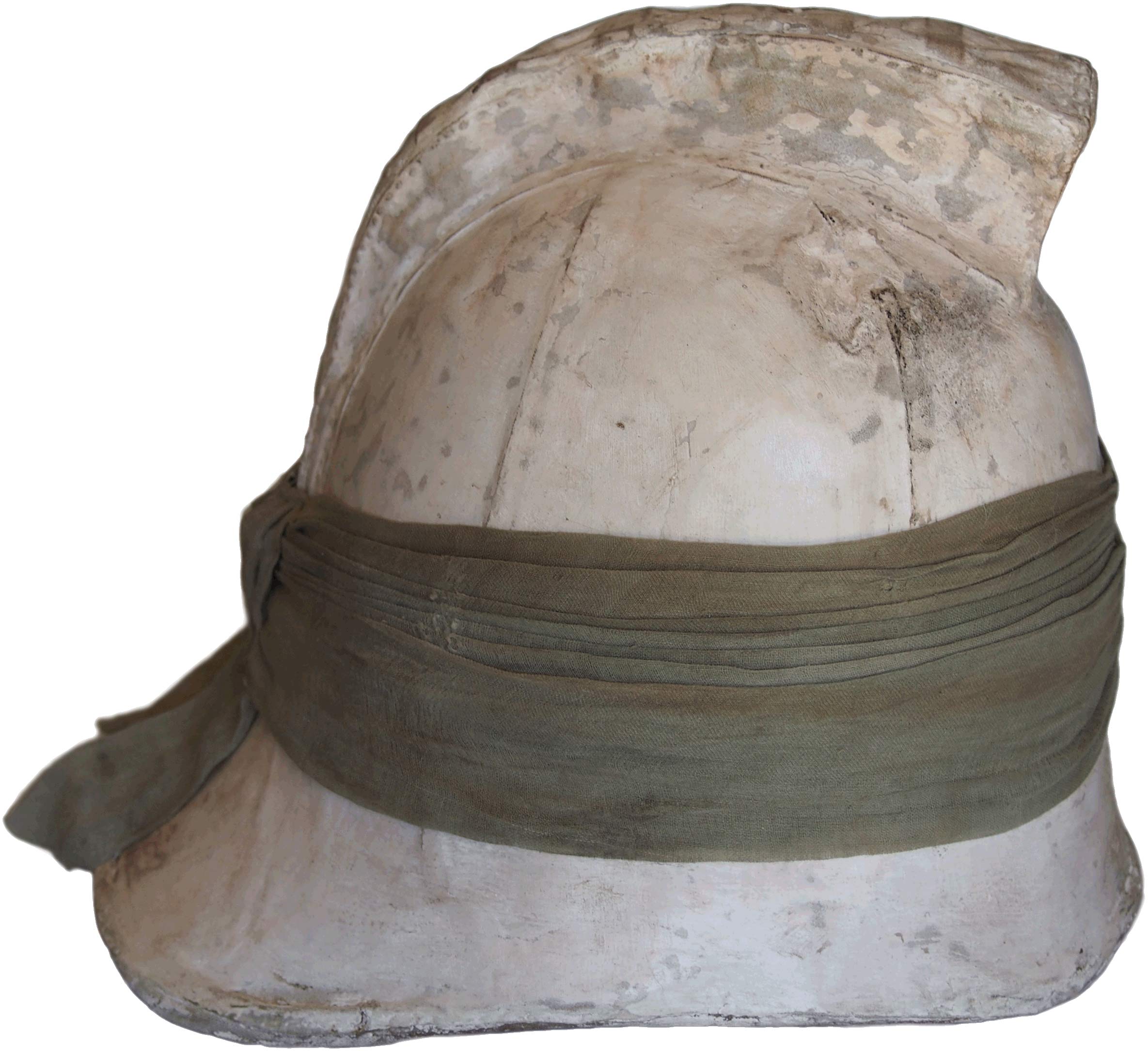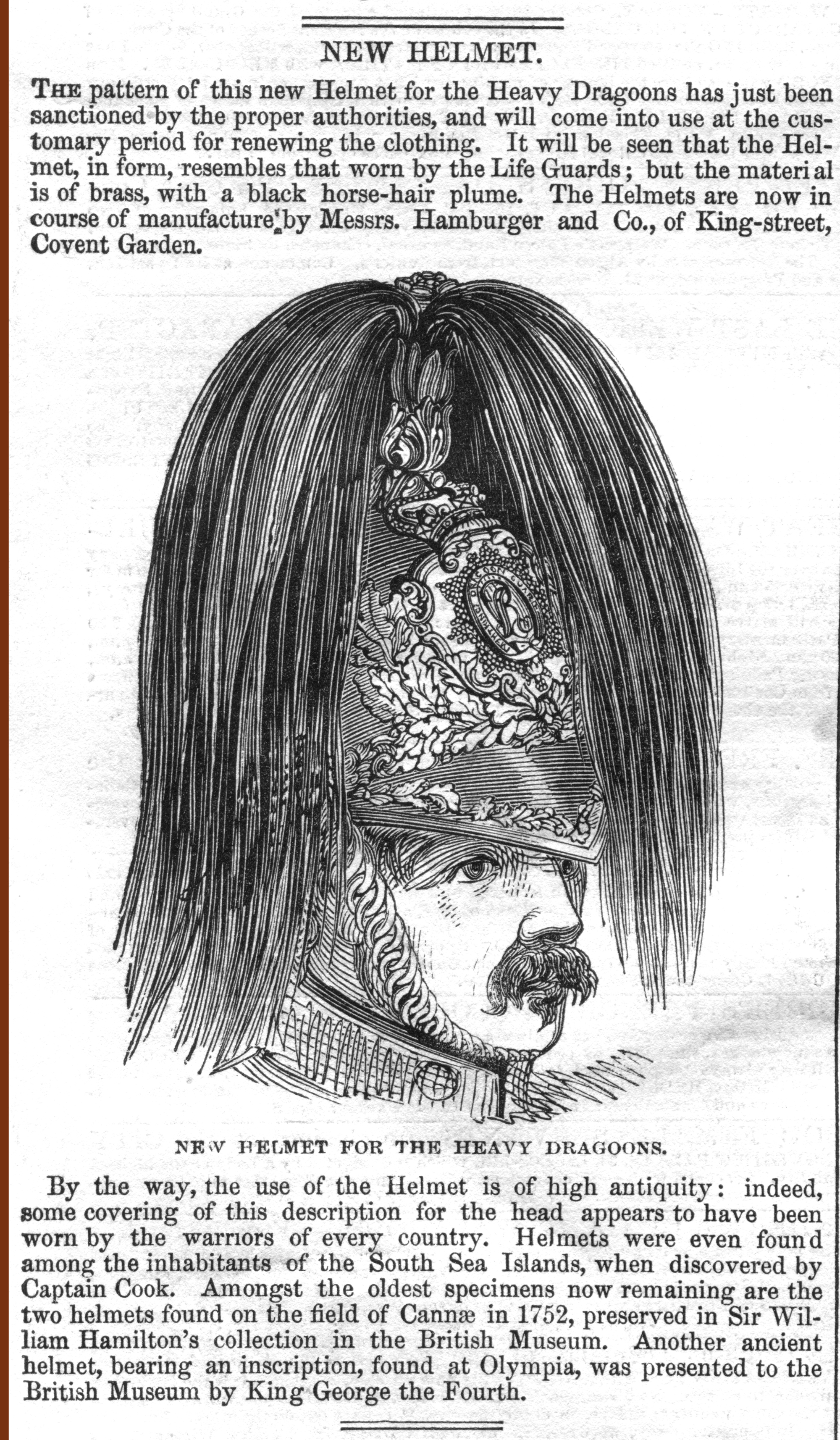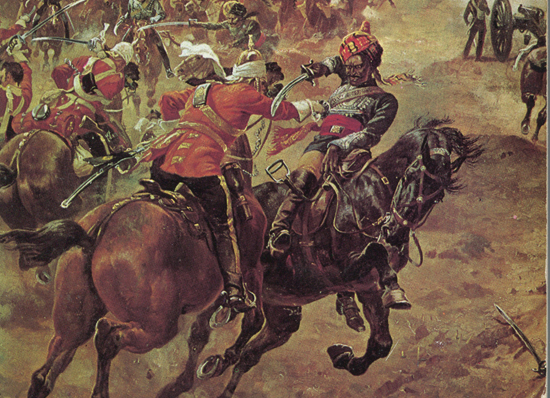 Figure 1. Top left, an Ellwood & Sons ‘Air Chamber’ military sun helmet, patented 1851, following traditional Indian designs it has a light weight cork construction, is cloth covered and has an ‘air pipe’ comb allowing air to freely circulate in the dome. Top right, a ‘Custodian’ police helmet by Christys & Co ltd (1952), uses almost identical construction methods; a version of this basic design was introduced in 1863 and was the only Custodian type for at least 10 years. Bottom left, a development of the sun helmet; a Christys & Co Ltd, late 1800s Colonial Pattern Sun Helmet. Bottom center, the attached Christys label. Bottom right, a near identically constructed police helmet, again by Christys, offered to the police as an alternative ‘Custodian’ style in the mid 1870s.
Figure 1. Top left, an Ellwood & Sons ‘Air Chamber’ military sun helmet, patented 1851, following traditional Indian designs it has a light weight cork construction, is cloth covered and has an ‘air pipe’ comb allowing air to freely circulate in the dome. Top right, a ‘Custodian’ police helmet by Christys & Co ltd (1952), uses almost identical construction methods; a version of this basic design was introduced in 1863 and was the only Custodian type for at least 10 years. Bottom left, a development of the sun helmet; a Christys & Co Ltd, late 1800s Colonial Pattern Sun Helmet. Bottom center, the attached Christys label. Bottom right, a near identically constructed police helmet, again by Christys, offered to the police as an alternative ‘Custodian’ style in the mid 1870s.
Tag Archives: Indian Mutiny
The Roman Air Tube Helmet: The Origins of the British Sun Helmet

The Ellwood and Sons’ “Roman” Air Tube design was among the first British-made sun helmets. Its design came about largely as a result of Great Britain’s expanding empire in India and parts of Africa. It was in many ways an answer to locally made helmets, which were increasingly necessary due to the tropical heat of the subcontinent.
By the time of the Indian Mutiny, which began in 1857, the British had already had a presence in India for well more than 200 years yet it wasn’t until the 1840s – coinciding with the effects of the end of the Little Ice Age in Europe – that serious consideration was given to making uniforms and headdress more comfortable for wear in hot weather.
Helmets are not new under the Sun
One of the great mysteries regarding the origin of the classical “colonial pattern” sun helmet is how it obtained its distinctive shape, one that was truly of Anglo-Indian origin, but which was copied throughout the world. Continue reading
Full and Undress Headgear in India
During the Indian Mutiny both Full Dress and Undress headgear was worn. Cavalry, as shown above, initially adopted a turban wound around the base of the metal helmets but how effective this was is debatable. Infantry soon adopted the Havelock cover, named after its creator Major General Henry Havelock, which covered both the cap/shako and included a neck curtain. Cavalry soon adopted a full quilted cover. Continue reading


